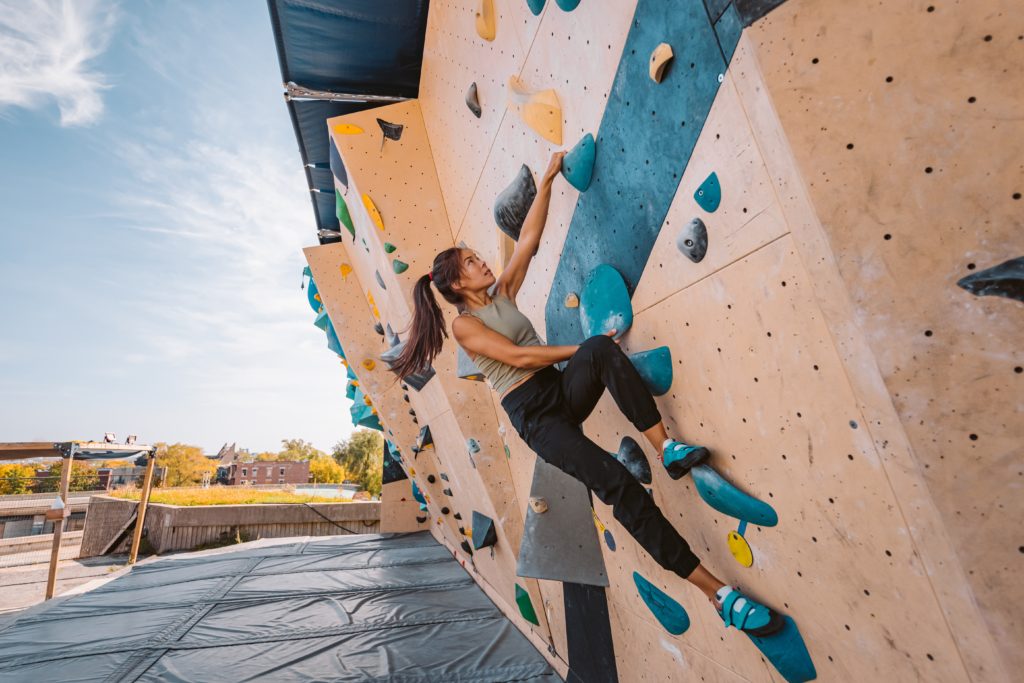Transitioning from indoor climbing at a gym to outdoor climbing on real crags is an exciting and rewarding journey for many climbers. However, it’s essential to approach this transition with caution and the right mindset to ensure safety and a smooth experience. Here are some tips to help you make the transition from gym to crag:
Take an Outdoor Climbing Course
Enroll in an outdoor climbing course or find an experienced climbing partner who can teach you the basics of outdoor climbing. Learning the nuances of outdoor climbing, such as setting anchors, managing gear, and understanding the terrain, is crucial for your safety.
Start with Easy Routes
Even if you are an advanced indoor climber, start with easy outdoor routes. Outdoor climbing can be significantly different from climbing in a controlled gym environment. Routes are often longer, and the rock texture and holds may vary, so it’s essential to get familiar with these differences gradually.
Check Guidebooks and Local Beta
Look for guidebooks or online resources that provide information about the climbing areas you plan to visit. These resources will give you insight into route ratings, access information, potential hazards, and any other essential details.
Learn Outdoor Gear
Familiarize yourself with outdoor climbing gear, such as ropes, harnesses, helmets, and different types of protection like cams and nuts. Understand how to use them correctly and safely.
Climb Responsibly and Respect the Environment
Practice “Leave No Trace” principles and follow any specific rules or guidelines set by local climbing organizations. Protect the natural environment, minimize your impact, and respect the rights of others who share the crag.
Build Trust with Your Climbing Partners
Communication and trust are crucial in climbing, especially outdoors. Ensure that you and your climbing partners are on the same page when it comes to safety procedures and climbing expectations.

Be Prepared for Weather Changes
Outdoor climbing exposes you to the elements. Be ready for weather changes, and carry appropriate clothing and gear for different conditions.
Learn to Identify Hazards
Outdoor climbing environments can have natural hazards like loose rocks, wildlife, or changing weather conditions. Stay aware of your surroundings and be prepared to adapt to the situation.
Practice Good Climbing Ethics
Learn about local climbing ethics and adhere to them. This might include restrictions on certain climbing areas or seasonal closures to protect wildlife.
Be Patient and Humble
Outdoor climbing can be humbling, even for experienced indoor climbers. Don’t get discouraged if you find certain outdoor routes more challenging than expected. Embrace the learning process and take each experience as an opportunity to grow.
Remember that outdoor climbing offers unique experiences, such as breathtaking views and a connection with nature that you can’t replicate indoors. Enjoy the journey, learn from each climb, and prioritize safety above all else. Happy climbing!

